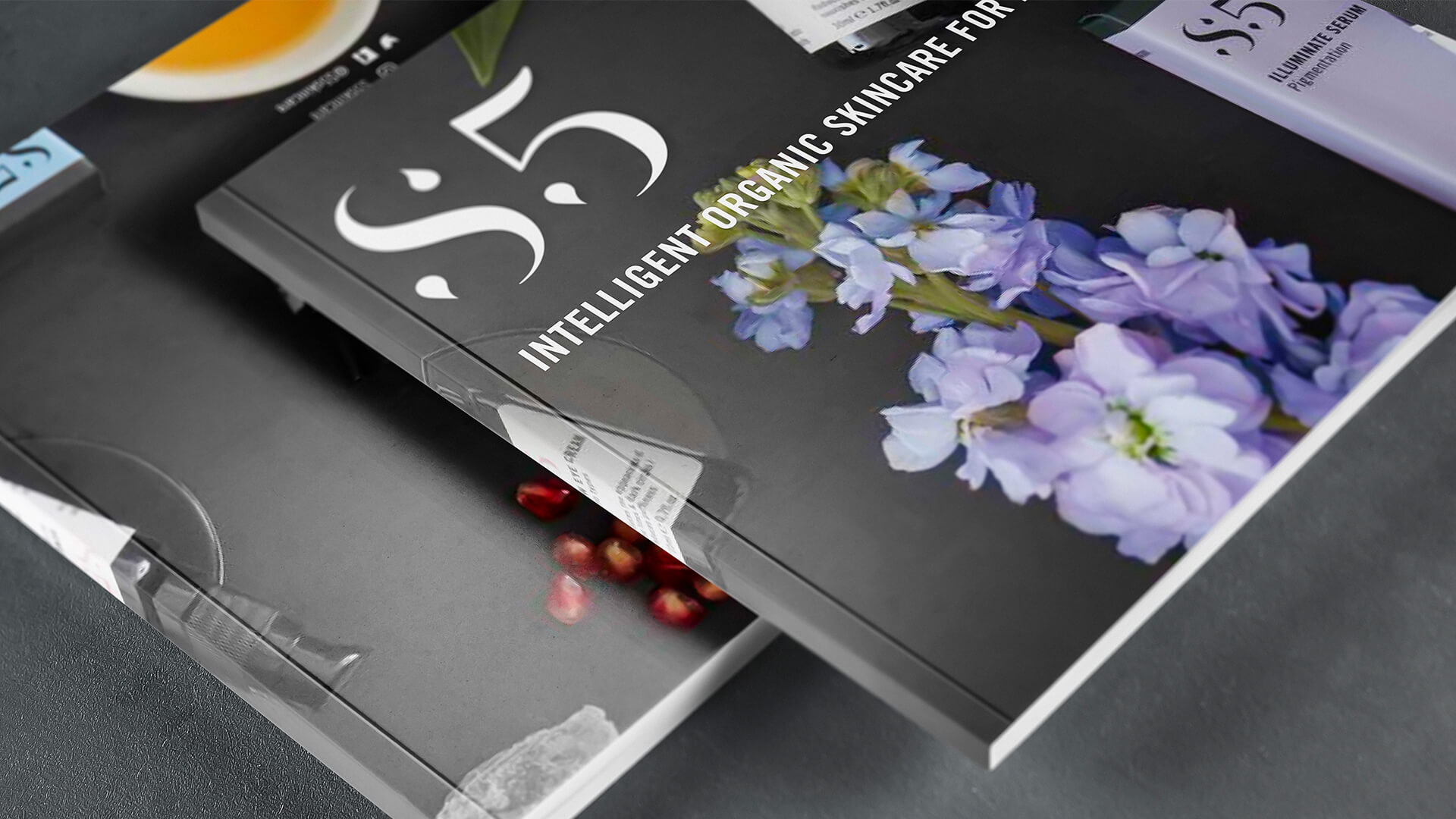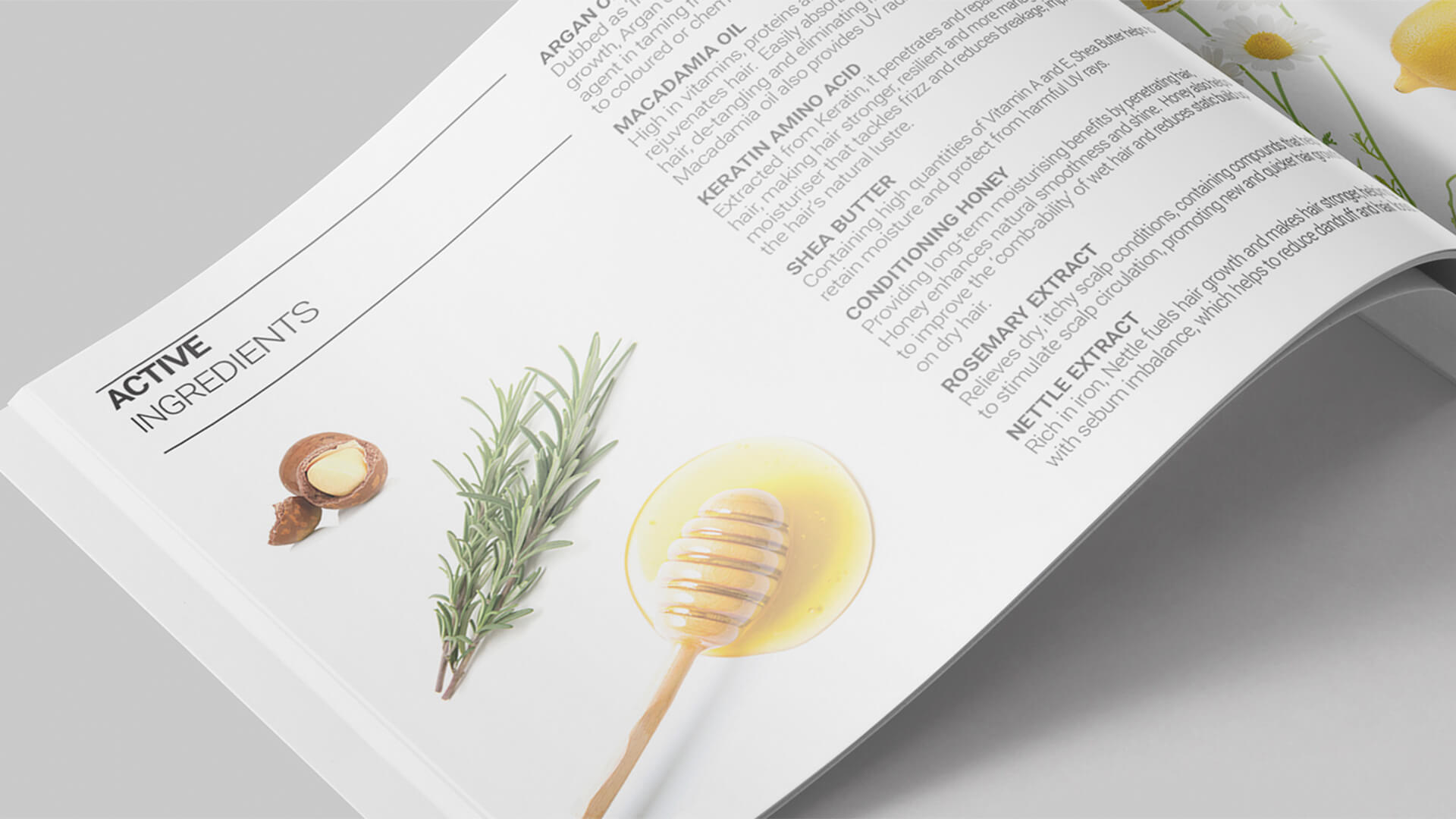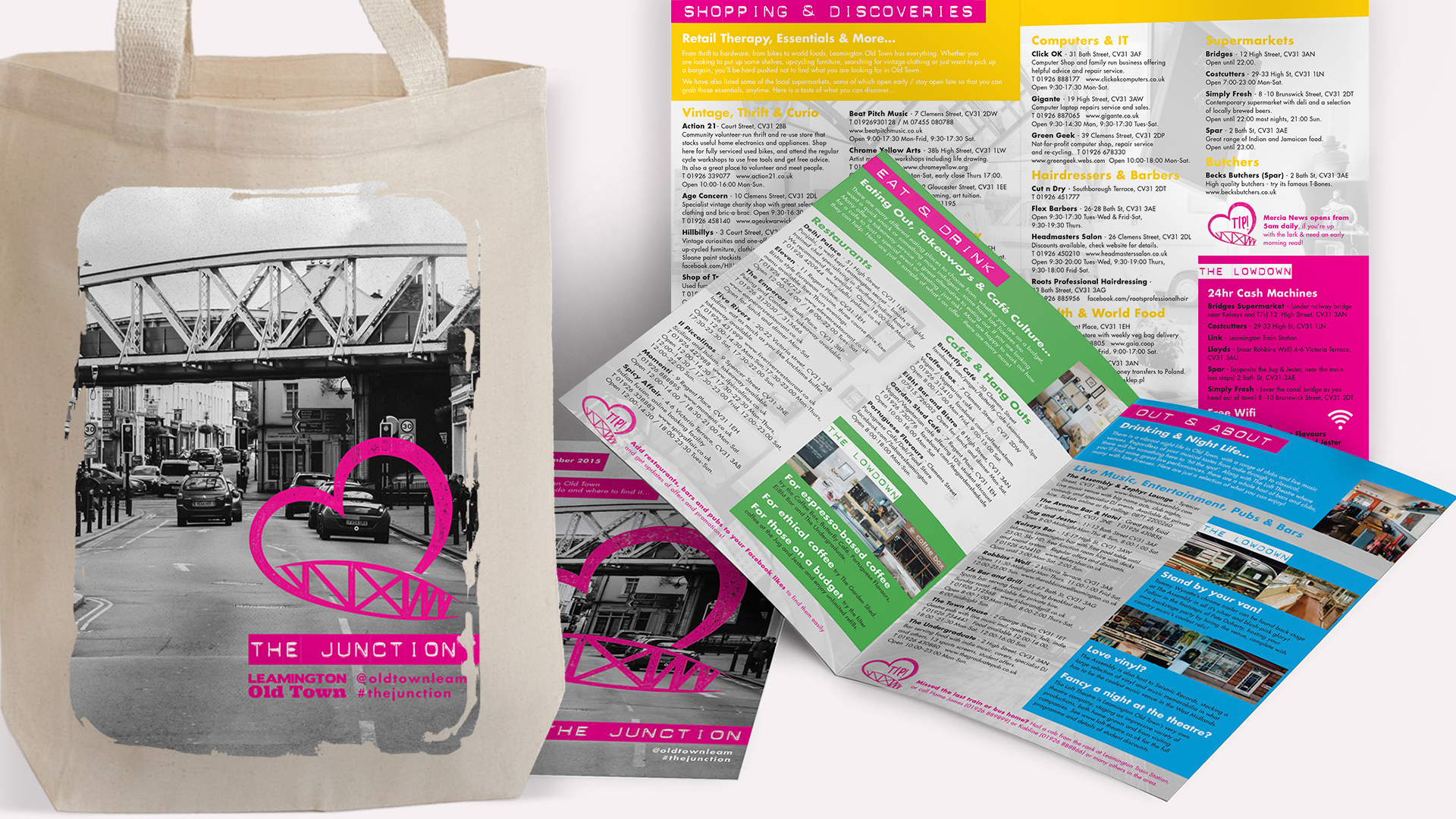Insights

Creating the perfect showcase brochure
Creating the perfect showcase brochure
8 steps to creating the perfect showcase brochure for your product or service
Maximising impact is key to achieving a good return when investing in brochures designed to market your product or service. The content, flow, hierarchy of information, tone of voice, and pertinent calls to action are all as important as design style and visual cues. We guide you through 8 factors you should take into account when considering your next communication.
1/ Think about the context/s the brochure will be viewed within
Where and how the brochure will be read will make a big difference to the content and design approach.
- Will it be introduced during meetings, given out at a trade fair, or used as a basis for presentations?
- Is it more likely that your audience will first encounter the information without a company representative physically being present, as a mail-out or leave behind?
- Knowing when and how the brochure is likely to be accessed will help as a starting point for the best format and content.
2/ Who are your target audience?
You may understand your sector or category inside out, but who will be accessing and using the communication the most?
Are they decision makers, gatekeepers, influencers, or end-users and consumers? Your audience could be a mixture of some or all of these.
The tone of voice, design style, layout and hierarchy information should be aligned with your audience to ensure it resonates.
3/ What’s your ultimate goal?
What do you most need from the reader, viewer or participant?
Focusing on the outcome you require for your business will help define the content and flow. Furthermore, it will structure any calls to action required.
4/ It’s not all about you (unfortunately)
Whilst the brochure is about showcasing your brand, product or service; it is imperative that you put yourself in the shoes of your audience to truly reap the reward from your investment.
- What are your customers’ biggest challenges?
- How can you make a compelling case that your business has the right product or service to help them solve a problem, or satisfy their requirements?
Understanding your client’s needs is the key to securing new business.

5/ Your brochure is also a brand ambassador
The brochure should be an exemplar ambassador for your brand if it is to earn its keep.
Ensuring the brochure design, look and feel is consistent with your brand’s existing visual identity will strengthen market recognition.
The fonts, typography, colour palette, logo execution and imagery style should all fall in line with existing brand guidelines. This extends to the tone of voice and content style.
6/ Build trust and confidence that your business can deliver
Demonstrating the ability of your business to provide a quality product or service will convince potential clients to make contact.
Think about what will reassure your audience that your organisation can deliver. Include technical information relevant to your industry or sector, company accreditations, awards, compliance certification, demonstrable or qualifiable experience and testimonials.
7/ Prompt further enquiry (and making it easy to get in touch)
Your potential customer is interested; they like what they see. Make it simple for them to find out more with prompts.
Providing an easily understood route to the next stage is vital. Regular calls to action will help guide your audience and create a clear pathway to make contact.
Include details that make their life easier – direct dials to relevant departments, key contact names, web references and social media handles. These help to ensure that action is taken immediately, rather than added to the ‘to-do’ list and then forgotten.
8/ Heading off negativity or criticism
This is not an easy one (notice we’ve left it ‘til last?), but if handled well it could make all the difference.
If your business offering has any barriers that have caused loss of sales or created bad feeling in the past, tackle it head-on. Perception is powerful, so it’s important to counter potential uncertainty or negative feeling towards the offer up front.
This can be achieved in a number of ways:
- Providing evidence, statistics and testimonials to the contrary.
- Advise on procedures, action and policies that will proactively avoid the situation from occurring.
And here’s a bonus…stand out from the crowd!
Creative and marketing types call this being ‘disruptive’, and it comes with a word of caution – it’s not for everybody, but everybody can achieve it.
Essentially, how can you make your audience notice you in a way that is substantially different from your competitors or your sector?
This is about compelling everyone to look, investigate, engage and buy.

 |



